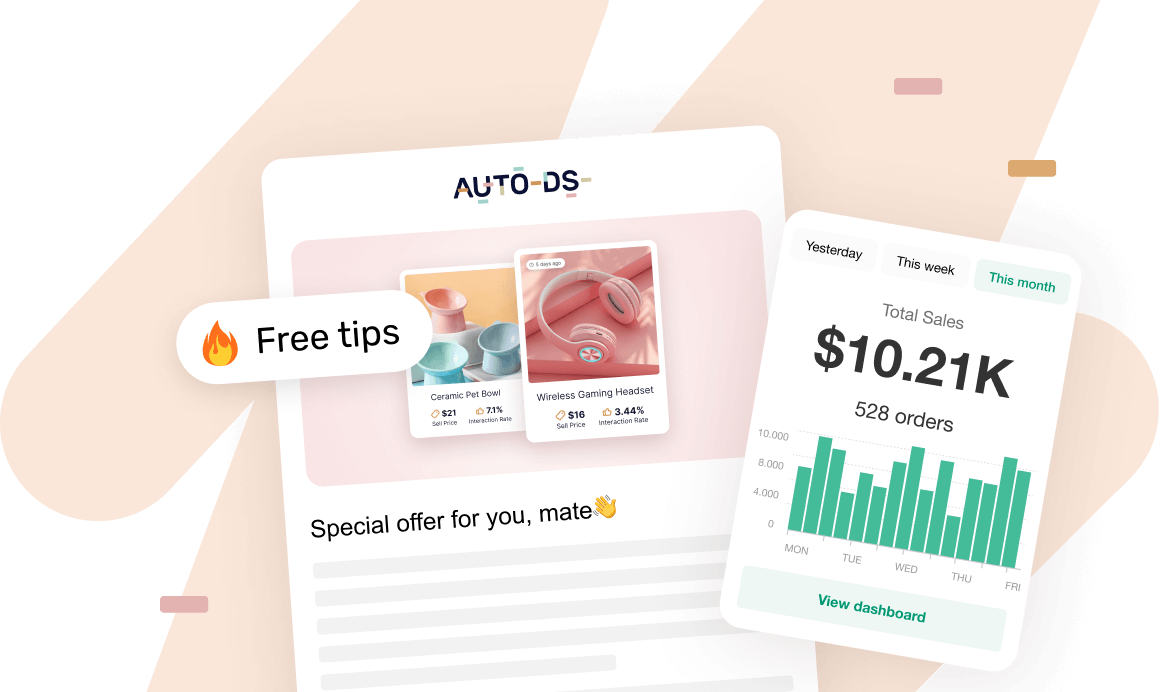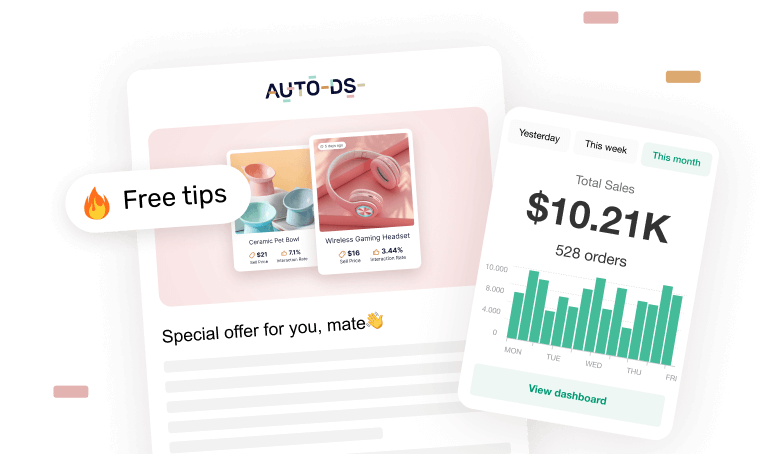Optimizing our ad campaigns using automation is on Facebook’s radar. This Facebook CBO guide will walk you through what it means, and how we can become better advertisers with it.
Facebook is one of the strongest platforms to showcase your ads in front of a relevant target audience.
With millions of dollars in revenue every day, today, they are among the world’s most significant traffic sources available.
One of Facebook’s methods to effectively maintain our ad budget is using CBO.
In 2017, Facebook launched CBO to help advertisers spend less while getting better results.
Furthermore, Facebook is throwing hints that soon, CBO will become the default budget allocation option.
That is exactly why this CBO guide will teach you everything you need to know about Facebook’s new algorithmic changes when it comes to ad spend.
In the end, you’ll have a clear understanding of how CBO affects money spent on ads and how we can all become better advertisers with excellent results using this marketing method.
What Is CBO?

CBO stands for Campaign Budget Optimization – and what’s exactly what it is.
With CBO, Facebook optimizes our ad performance by allocating the ad budget to a campaign level. In other words, we won’t be controlling the daily budget for each ad set.
In fact, we won’t be allocating our ad budget at all. Instead, Facebook will take our daily budget and decide, based on its algorithms, on which ads to allocate our budget.
Basically, Facebook bets that their algorithm will do a better job spreading our ad budgets to reach the right audiences.
They believe in automating our business to save us much-needed time and headaches. Sound familiar?
What’s The Difference Between CBO And ABO?

ABO stands for Ad Set Budget Optimization. In this instance, we (not Facebook) distribute and control our budget throughout our ad sets.
To better understand the ad hierarchy:
- we first start with the ad campaign, which holds information on the objective we’re trying to reach (i.e., website traffic, conversions, etc.)
- Then, we have the ad set, where we set our daily budget for the ads. We also select our audience’s interests & demographics to reach the correct audience for our ad.
- Finally, we have the ad copy itself, the ad creative copy that our audience will see (video ad, photo ad, carousel, etc.)
With ABO, we have the power to add a higher or lower budget to a specific ad set and continue optimizing each ad set’s allocation freely.
We watch each ad set’s performance and decide where to allocate our budget next.
On the one hand, with ABO, we’ll need to watch our ad sets closely and do more manual work overall.
On the other hand, it may be more effective for ads pointing at smaller audiences since they require more micro-management to get to the sweet spot.
As mentioned above, with CBO, the budget will automatically spread across the campaign level, not the ad set level.
Facebook’s algorithm decides which ads in the campaign will get more of the budget and less, depending on their performance.
How to Configure A Facebook CBO Campaign
To begin, navigate to the Facebook Ads Manager page, and create a new ad campaign, just like you would on any other campaign.
Next, choose your campaign objective. For this example, we’ll go with conversions.

You can name your campaign at this stage if you like. Then, click on ‘Continue.’
On the next screen, still under campaign settings, scroll down until your notice the ‘Campaign Budget Optimization’ on & off toggle.

By default, the CBO option will be disabled. Click on it to toggle it on.
Once we enable the Campaign Budget Optimization feature, we’ll have the option to insert our daily & lifetime budget.

The daily budget is how much we want Facebook to spend every day on the campaign.
Facebook’s algorithms will allocate all of our daily budgets to where it thinks we’ll get the best results. Some days it might spend less, while other days more, but the average will stay the same.
Even if we have 10 ad copies running under a campaign, it might divide the budget by allocating 90% to one ad and the rest of the 10% between the rest of the ads.
It all depends on where Facebook’s algorithm believes we’ll get the best results, and that’s what this Facebook CBO Guide is all about.
The second option is ‘lifetime budget.’ Facebook will spend our budget slowly and will never reach the total amount. We don’t recommend this method, as it means spending less, therefore getting fewer results.
Finally, we have our Campaign Bid Strategies.

The campaign bid strategy helps determine the bid strategy to use in the campaign that we are creating.
You can learn more about the different bid strategies here. Although for starters, it’s best to stick with the ‘Lowest cost’ option. This way, everything stays effective and in full automation.
Now that we’re done configuring the CBO settings for this campaign click on ‘Next’ and continue with the regular ad set and ad creation.
Tips To Run A Successful Facebook CBO Campaign

While the Campaign Budget Optimization testing strategy is still relatively new, it’s been around long enough to gather a couple of essential tips from experience so that you can plan your campaign more effectively.
1. Facebook CBO Guide: Small vs. Large Audience Sizes

CBO favors larger audience sizes over smaller ones. This makes sense, as we are putting our money into machine algorithms that will do a better job the more data that we feed it.
When we ran a $2500 daily campaign with five successful ad sets, CBO allocated %70 of our daily budget to two out of the five ad sets. Those two had a larger audience size.
The remaining three received 30% of our daily budget. Those were the three with the smaller audience size. The smaller the size, the smaller the budget.
These results were different with ABO testing, as we were in control over the budget for each ad set. The smaller audience sizes performed better, but not as well as the bigger audience sizes through CBO.
Therefore, if you have ad sets with small audience size, we recommend merging them with other ad sets to increase the overall audience size.
Even if it means mixing between cold and hot audiences, CBO will do a better job finding the right audience in ad sets with a larger audience.
2. CBO Favors Hot Audiences Over Cold Audiences

A hot audience is an audience that performs actions in your store, like subscribing to your mailing list or purchasing products.
On the other hand, a cold audience is not familiar with your brand or what you have to offer.
The ROI (Return On Investment) on cold audiences is usually lower than hot audiences, but re-engaging them will turn them into a warmer audience. And, our customer base will grow.
Nonetheless, when running CBO campaigns, the algorithm allocates most of our budget in ad sets with a hot audience. So, if we mix cold-audience ad sets with successful ad sets (hot audience), we know where most of our budget will go.
That’s another reason why it’s best to merge the ad sets, whether hot or cold, and let the machine get to work effectively with more data.
Final Thoughts
While some may argue that ABO can yield better results in some cases, the results are different once we test our campaigns on a higher level with CBO.
Furthermore, soon enough, CBO will be our default option – so it’s best to start getting the hang of it now. This way, we’ll be better advertisers in the future, and we’ll have a headstart over all those who didn’t take the time to learn and experiment.
Remember to merge your ad sets to have larger audience sizes, even if mixing between cold and hot audiences. The more data we feed Facebook’s algorithm in the ad sets, the better the results. At the end of the day, CBO offers us budget spending automation to save us time and do some of the hard work for us. And for that, we are definitely grateful.
We hope you enjoyed this Facebook CBO guide walkthrough, and now you have a much clearer picture of what it means and how to implement it correctly with your ads.
Finally, continue empowering your knowledge to feed your dropshipping business with the following related content:
















